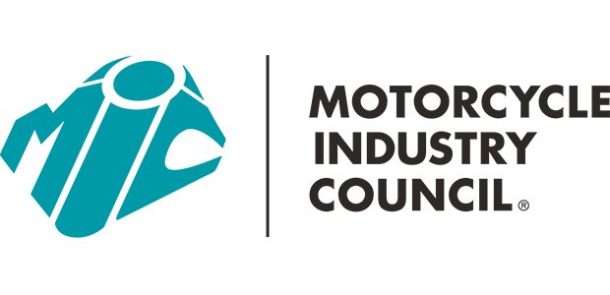Oct. 13, 2008 – A simple—but powerful—management tool
Somebody stop me, I’ve gone SWOT crazy.
For those uninitiated, of which I was recently one, SWOT is an acronym for an intriguing management tool that can be both beneficial and downright addicting.
SWOT stands for “strengths,” “weaknesses,” “opportunities” and “threats.” The idea is to sit down and take a close look at your business by characterizing it in these four classifications. Don’t be put off, this is not some drawn-out, think tank session that leaves you wondering how you wasted the better part of your afternoon. Instead, SWOT is simple, quick and pretty darn interesting, especially if you can get some of your staff involved.
Strengths and weaknesses really speak to internal issues, those that you directly control. Opportunities and threats can be viewed as external issues, or areas you don’t control. That’s the business jargon of what those classifications mean. I prefer the more simply stated: What works, what doesn’t, what can be better and what’s going to prevent you from making those things better.
This concept was introduced to me at the recent Ducati North America (DNA) national dealer meeting as DNA CEO Michael Lock discussed his company’s own SWOT. (Strengths: premium brand image, desirable products, motivated team; Weaknesses: product consistency, inadequate customer experience, incomplete brand; Opportunities: new product categories, defensive competitors; Threats: superbike fatigue, global economy slowdown)
I was so taken with this management tool that the moment I returned from the DNA meeting in Indianapolis I spent my first 15 minutes doing a SWOT on Powersports Business. (Strengths: a constant pulse of the industry, respected news source, ability to cross industry segments; Weaknesses: Web interaction with printed product, less-than-desired communication with a few OEMs; Opportunities: Web forums, expanded communication with dealers, enhanced financial page coverage; Threats: U.S. economic challenges and their impact on the company.)
A day later, I asked members of a large, multibrand metric dealership management team to do their own SWOT. Because I had read that getting more voices in the process would only add to its usefulness, I asked each member of the management team — the dealer principal, the sales manager and the PG&A manager — to conduct their own SWOT and then share those after each one had finished. Here are their collective SWOTs, with names withheld because of competitive concerns, for the entire dealership, not just their department:
The dealer principal:
Strengths — Must-see store in good location, solid management team vision;
Weaknesses — Finding quality staff and then the time to adequately train that staff;
Opportunities — To become the go-to place for servicing and sales for new and preowned metric and V-twin vehicles, new marketing partnership with oil company, expand retail zone, expand garment sales;
Threats — Low approval rates in consumer financing, low quality Asian products.
The PG&A department manager:
Strengths — Size of dealership and its location, management team’s enthusiasm and energy;
Weaknesses — Employment pool;
Opportunities — Increasing retail sales zone, develop casual clothing line and marketing it to college students and nonriders, adding more preowned V-twin and European bikes;
Threats — The “gloom and doom” news on TV and in the mass media, industry retail discounters, Chinese vehicle curb sales.
The sales department manager:
Strengths — Destination store with good location, committed owners, enthusiastic, open-minded management;
Weaknesses — Lack of area middle class and thus insufficient employment pool; internal support for racers/riders; no home run advertising/marketing event;
Opportunities — V-twin service and sales, new relationship with oil company, marketing opportunities due to dealership’s location;
Threats — Nation’s economic challenges, tightening consumer financial standards, increased consumer discretionary spending on electronic gadgets.
Now that you have the basic concept down and know what it can look like, what do you then do with this dealership diagnosis? Online sources (Google “SWOT”) suggest using your identified strengths to pursue opportunities and dodge the threats.
Then, your identified weaknesses should be dealt with to give you an even better shot at converting those opportunities.
But really, that’s a lot of business jargon that boils down to the simple idea that you, and the rest of the management staff, should be able to identify your strengths and deficiencies before deciding on how best to deal with those. Lock of DNA sums it up nicely by saying SWOT “gives you a path to go down.
“The thing is, if you don’t know where the end of the road is that you’re walking down, how can you get to it?”
And once you’ve been initiated into this SWOT concept, it’s quite hard to stop. It’s such an easy and simple way to break down complex things that you start looking for more and more SWOT subjects. I’ve even considered my spouse.
Of course, that could bring a whole new level of meaning to “SWOT.” PSB
Neil Pascale is editor-in-chief of Powersports Business. He can be reached at npascale@affinitygroup.com.




